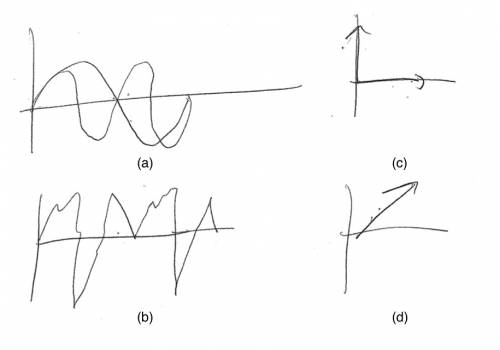You are here: start » whitepapers » multiplerepresentations
Multiple representations and touchstone examples
by Mary Bridget Kustusch
In physics, we have many “touchstone examples” (e.g. the simple harmonic oscillator) that we use as metaphors. These metaphors allow us to approach a new (and usually more complicated) phenomenon by connecting it to one that we understand well and for which we have a rich set of resources. If the new phenomenon is presented in a representation that is different from our example, it can be difficult to make the connection, especially for students who are only beginning to develop the ability to move fluidly between different representations.
For example, when I first learned about vector spaces as an undergraduate, it was through a combination of words and equations. Although I was able to use the properties of vector spaces to solve problems and understand various physics concepts, the idea of a vector space remained a very abstract concept to me and one that was divorced from my fairly robust understanding of vectors as arrows in space. While I could easily think of an arrow as a geometric object that could be manipulated by various operations and transformations, I was never truly able to think of other vector spaces in the same way. That is, until I began co-teaching the paradigms that cover quantum mechanics content.
During a conversation with my co-instructor (Corinne Manogue), she was describing her plan for the lesson on the properties of vector spaces. When I asked her to clarify a point, she responded by quickly sketching the four pictures below: 
- (a) two sine functions with different frequency,
- (b) an arbitrary periodic function,
- (c) $\hat{x}$ and $\hat{y}$
- (d) an arrow in the $\hat{x}+\hat{y}$ direction
When I saw these pictures, the idea of sine and cosine as basis vectors for all periodic functions made sense in a new way.
I am fairly certain that my early instructors attempted to make a connection between arrows in space and general vector spaces. Yet, they did so primarily through words and equations. It was only when I saw a pictorial representation of my own touchstone example of vectors alongside a pictorial representation of another vector space that allowed me to anchor my knowledge of abstract vector spaces to my understanding of vectors as geometric objects that can be manipulated by various operations and transformations.